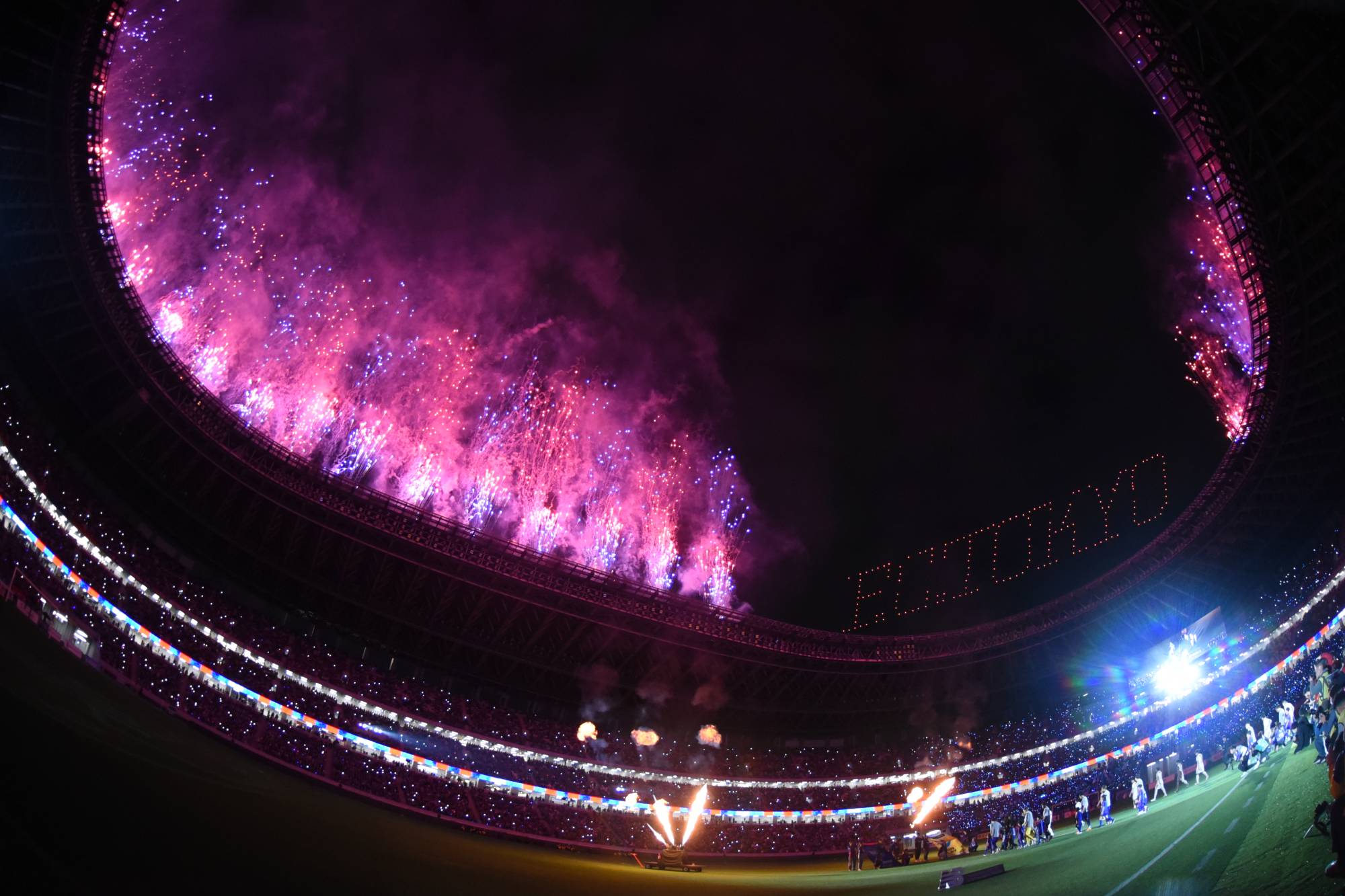Which among Japanese soccer’s many rivalries —whether geographical, contrived or simply the result of familiarity breeding contempt — best represents the last 30 years of the J. League?
Is it the Shizuoka Derby, fought by Shimizu S-Pulse and Jubilo Iwata in what was, for decades, considered to be the country’s top prefecture for producing players?
Is it Urawa Reds vs. Kashima Antlers or any of the other so-called National Derbies between the league’s “Original 10” founding clubs?


















With your current subscription plan you can comment on stories. However, before writing your first comment, please create a display name in the Profile section of your subscriber account page.